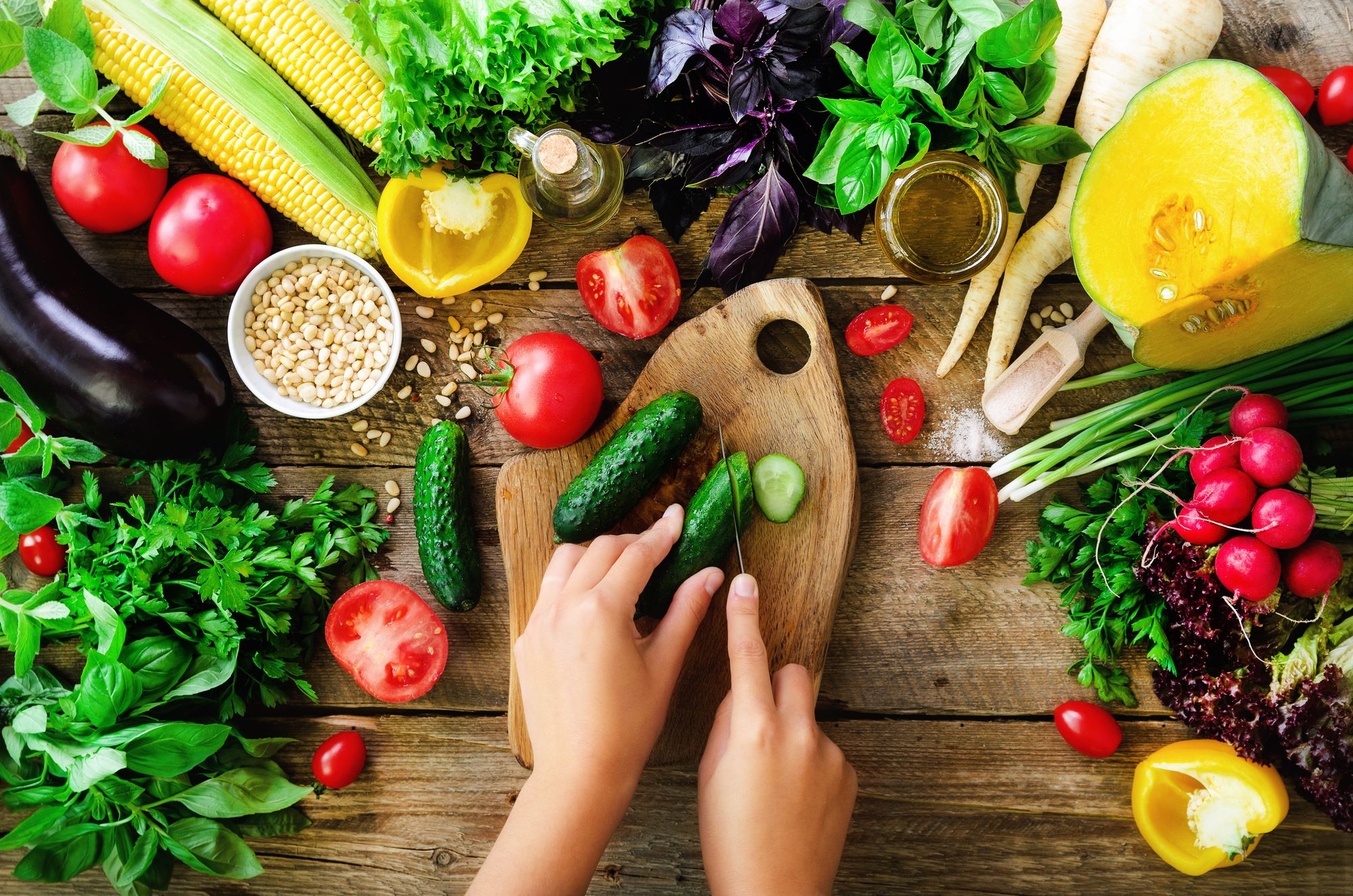Eating Smarter for Better Digestion

Introduction
Digestion is a fascinating and essential process, intricately designed to extract nutrients from the food we consume. Many may not realize that the sequence of foods you eat can significantly impact the efficiency of this process. In this blog, we'll uncover the protective role of green vegetables in your stomach and discuss the best way to sequence your meals for optimal digestion.

Fiber-Rich Armor and Nutrient Shield:
Before we delve into the art of meal sequencing, let's explore how green vegetables act as guardians for your stomach's digestive health. Green vegetables, such as spinach, kale, and broccoli, are packed with fiber, essential vitamins, and minerals. This fiber forms a protective layer for your stomach's inner lining, aiding digestion by promoting regular bowel movements, preventing constipation, and ensuring food moves smoothly through your digestive tract. The nutrients in these greens strengthen your stomach's mucous membranes, making them more resilient and less susceptible to damage. Additionally, green vegetables help maintain a healthy pH level in your stomach, creating an environment that optimizes the breakdown and absorption of nutrients from the food you eat.

The Best Meal Sequencing for Optimal Digestion
Now that you understand the protective qualities of green veggies, let's discuss how to sequence your meals to make the most of these benefits and optimize your digestion:
Start with Greens: Kick off your meal with a generous serving of green vegetables. This ensures you get your daily dose of protective fiber, vitamins, and minerals. The fiber will create a sense of fullness, preventing overindulgence in less healthy foods later in your meal.
Follow with Proteins: After your greens, move on to protein sources such as meat, poultry, or fish. Protein takes longer to digest, and this order slows down the digestive process, keeping you satisfied for a more extended period.
Next, Add Carbohydrates: Incorporate complex carbohydrates like whole grains and starchy vegetables. These provide sustained energy and help stabilize blood sugar levels after protein and vegetables are consumed.
Conclude with Dessert: Save dessert for last. This sequencing strategy discourages overindulgence in calorie-dense sweets, encourages moderation, and fosters better awareness of your body's hunger and fullness cues.
Recap
Meal sequencing plays a crucial role in optimizing digestion and overall health. Green vegetables act as a protective layer for your stomach's digestive wall, offering a shield of fiber and essential nutrients. Starting your meal with greens, followed by proteins, carbohydrates, and dessert, ensures that you reap the benefits of a well-structured meal. By following these principles, you can protect your stomach and enhance your digestive process, ultimately contributing to your well-being and overall health.

One Habit at a Time
Practicing one to a couple of lifestyle habits daily is an excellent start to preventing future chronic diseases. Allow yourself to live life to experience new adventures. Be patient and take it one practice at a time, whether eating healthy and less, daily exercise, quitting bad habits, getting a routine checkup, or being positive. Remember that it's never too late to start making positive changes that will benefit you in the long run.. Take a chance today because Longevity Is Up to you.
Source:

